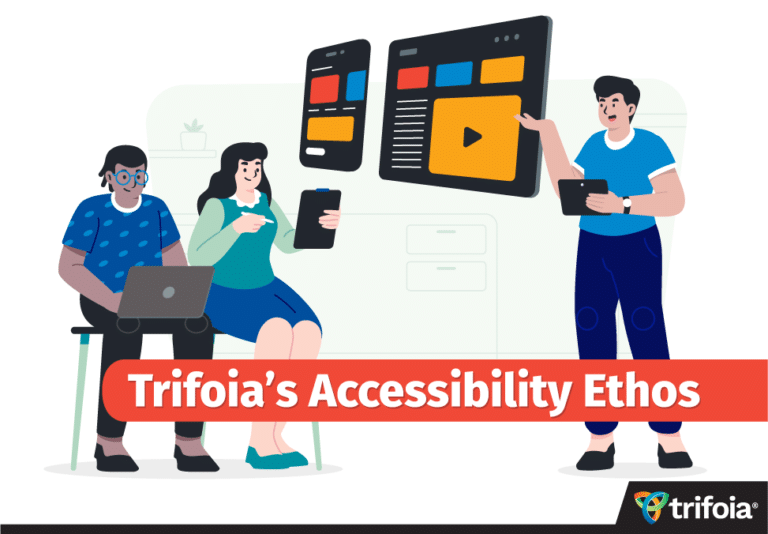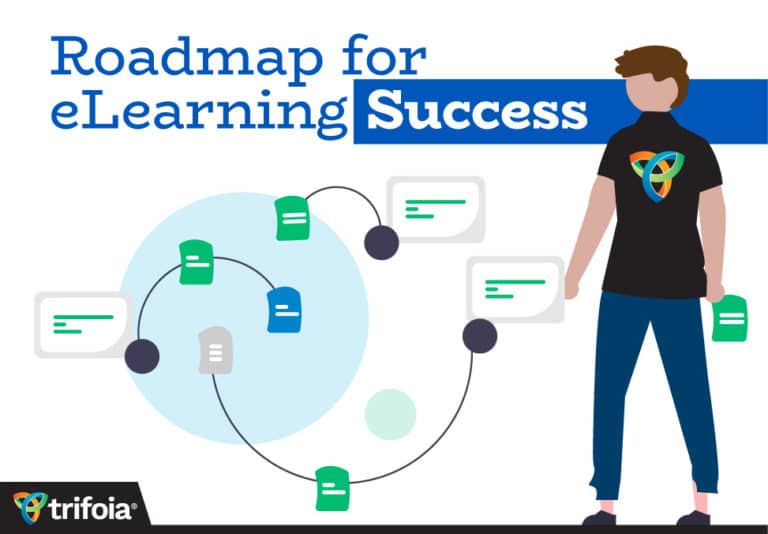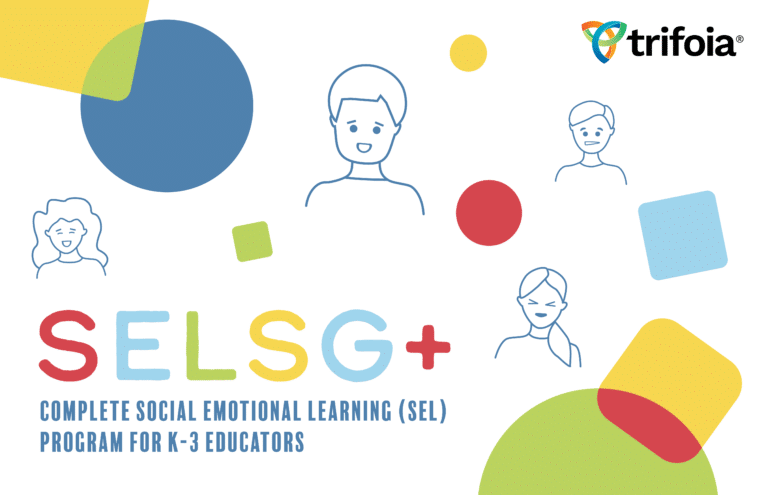I purchased my first guitar after graduating Air Force basic training in 1998. That summer was filled with sore fingers, a couple of Mel Bay guitar books, and a lot of frustration. When I seemed to plateau on my skills, I would give a side-eye to my pawnshop Yamaha guitar, thinking it was holding me back. The guitar was solid, dependable, and sounded pretty okay. I just couldn’t break the thought that a new guitar would solve all my woes. Spoiler: It wasn’t the guitar.
I’m still playing guitar. I still obsess over the newest guitar, pedal, or toy. Never once in my twenty years of playing has a new tool, pedal, or guitar increased my guitar playing skill. Skill comes from education, practice, and repetition.
Looking at instructional design through this “shiny object” filter we see a lot of similarities. A new theory, methodology, or tech tool comes out and it’s the only thing we hear about for the next six months. Every Facebook post and message board comment will drone on and on about how the new “thing” will revolutionize your workflows or some other hyperbolic assertion.
Instructional designers—as a group—are caught up in the hype cycle.

When scoping a build of a new course I repeatedly tell myself my main goal is to create good e-learning. I strive to create training that is efficacious and engaging. I want my builds to connect to my audiences.
As instructional designers we should always focus on putting out the best training possible. Innovation is important but quality e-learning is more important. Does the course match your outcomes and objectives? Does it address the problems originally brought to you by the client? Or does it hold the “shiny object” aloft like Simba from the Lion King?
Innovation absolutely has its place in instructional design. This post isn’t denigrating innovation but rather pushing the basic principles of ID. If the new “shiny object” can help you increase engagement or retention, then it has its place in the build. If you’re not able to directly map what the innovation affects in your build, you probably don’t need that innovation.
I still collect guitars and pedals, I now know they won’t make me a better guitar player by default. A good understanding of theory, consistent application of those theories, and effective, efficient practice are the only way I’ll become a better guitarist. The same is true for Instructional Design. The new shiny object can help you build excitement, up engagement, and soothe pain points. But the shiny object will not alone make your e-learning great. For that, focus on the basics of solid instructional design.






